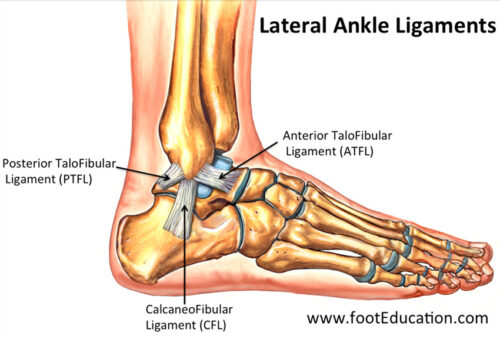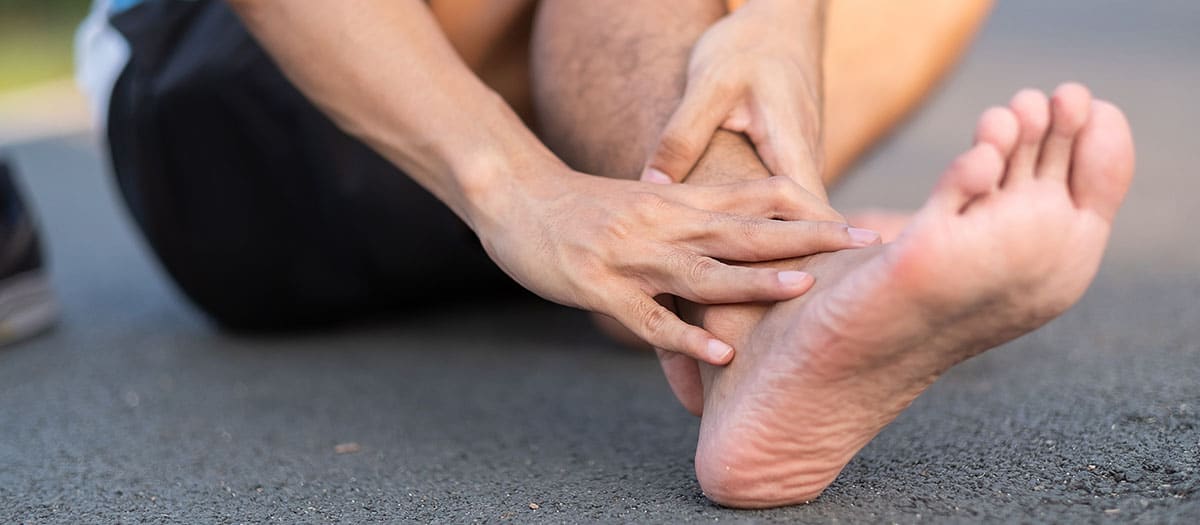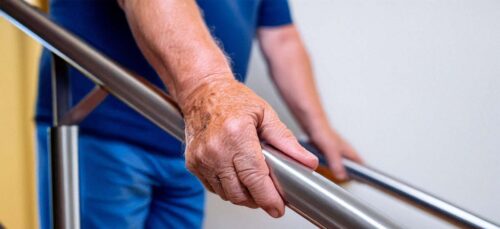Ankle sprains are an incredibly common injury, and they don’t just happen to athletes! In fact, about 23,000 ankle sprains occur every day in the U.S. Unfortunately, once you’ve sprained your ankle, there’s a high chance it could happen again, and some people even develop chronic ankle instability if the injury doesn’t heal properly.
What Exactly Is an Ankle Sprain?
An ankle sprain happens when trauma—like a fall or twist—injures one or more ligaments in the foot or ankle. Ligaments are fibrous tissues that connect and stabilize bones. The most commonly sprained ligaments in the ankle are the anterior talofibular ligament (ATFL) and the calcaneofibular ligament (CFL)—both located on the outside of your ankle.
Types of Ankle Sprains: What’s Your Injury Level?
There are three levels of ankle sprain severity, each with its own symptoms and recovery time:
-
Grade 1 (Mild): The ligament is slightly stretched, with minimal tissue damage. There’s usually mild swelling and tenderness, and it heals in 0–3 days.
-
Grade 2 (Moderate): A partial tear of the ligament. You’ll experience moderate swelling, possible bruising, tenderness, and reduced joint motion. Healing time can range from 2 weeks to 6 months.
-
Grade 3 (Severe): A complete tear or rupture of the ligament. This results in severe pain, swelling, loss of range of motion (ROM), difficulty bearing weight, and ankle instability. It can take 4 weeks to 1 year to heal. If surgery is required, a ligament graft may take up to 2 years to fully heal.
Does My Ankle Just Need RICE to Heal?
No! While RICE (rest, ice, compression, elevation) has been a common go-to treatment, it’s actually considered outdated. RICE is only helpful for the first 2–3 days after the injury.
Physical therapy can do so much more than RICE! It plays a key role in improving ankle mobility, reducing swelling, increasing joint stability, and strengthening the muscles around the ankle. Here’s how:
-
Early treatment: Your physical therapist can use taping, soft tissue work, and joint mobilizations to reduce swelling and protect the joint.
-
Loading and strengthening: As your pain decreases, physical therapists guide you through exercises that load the tissues safely while still protecting the joint. This helps speed up recovery and prevents future sprains.

Why Physical Therapy Is Key for Ankle Sprain Recovery
Ankle sprains can heal on their own, but without proper care, recovery can take a long time, and your ankle may remain weak and unstable. Physical therapy helps you recover faster, rebuild strength, and prevent future injuries—so you can get back to the activities you love as soon as possible!

LeighAnne Eakin
PT, DPT, OCS
Orthopedic Therapist




